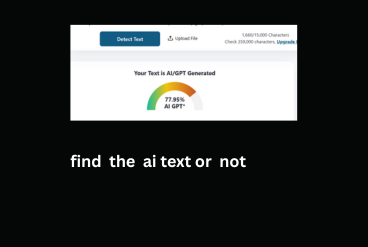What is Supervised Learning?
Supervised learning is a machine learning technique where a model is trained using a dataset that is already labeled. That means each input data point is paired with the correct output, which acts as a guide for the model during training. The model learns by finding patterns and relationships between inputs and outputs, enabling it to predict the correct output for new, unseen data.
Think of supervised learning like a teacher guiding a student through examples with answers. The better the training examples, the more accurate the student becomes at solving similar problems independently.
Types of Supervised Learning
Supervised learning falls into two main categories:
- Classification:
In classification, the output is a category or class label. The goal is to assign input data to one of several predefined categories. For example, an email can be classified as “spam” or “not spam,” or an image can be labeled as “cat,” “dog,” or “bird.” - Regression:
Regression deals with predicting continuous numerical values based on input data. For instance, predicting the price of a house based on its features like size, location, and number of bedrooms.
Simple Example to Understand
Imagine you have a basket of different fruits. Each fruit is labeled: apple, banana, or orange. You show the machine pictures of these fruits along with their labels so it learns to recognize the features like color, shape, and size. Later, when a new fruit image appears, the machine compares its features with what it learned and identifies it correctly—for example, it recognizes a new round, orange-colored fruit as an orange.
Why Is Supervised Learning Important?
Supervised learning forms the foundation for many real-life applications in different industries:
- Healthcare: Predicting diseases based on patient data.
- Finance: Detecting fraudulent transactions.
- E-commerce: Recommending products based on customer behavior.
- Social Media: Classifying posts by sentiment (positive, negative, neutral).
Conclusion
For BTech students, mastering supervised learning is crucial. It is not just about passing exams but understanding a powerful tool that drives major advancements in AI and data science. By knowing how supervised learning works, its types, and applications, students can build effective models that solve real-world problems.
This simple yet comprehensive understanding of supervised learning will help students build a strong foundation and prepare them for advanced topics in artificial intelligence


